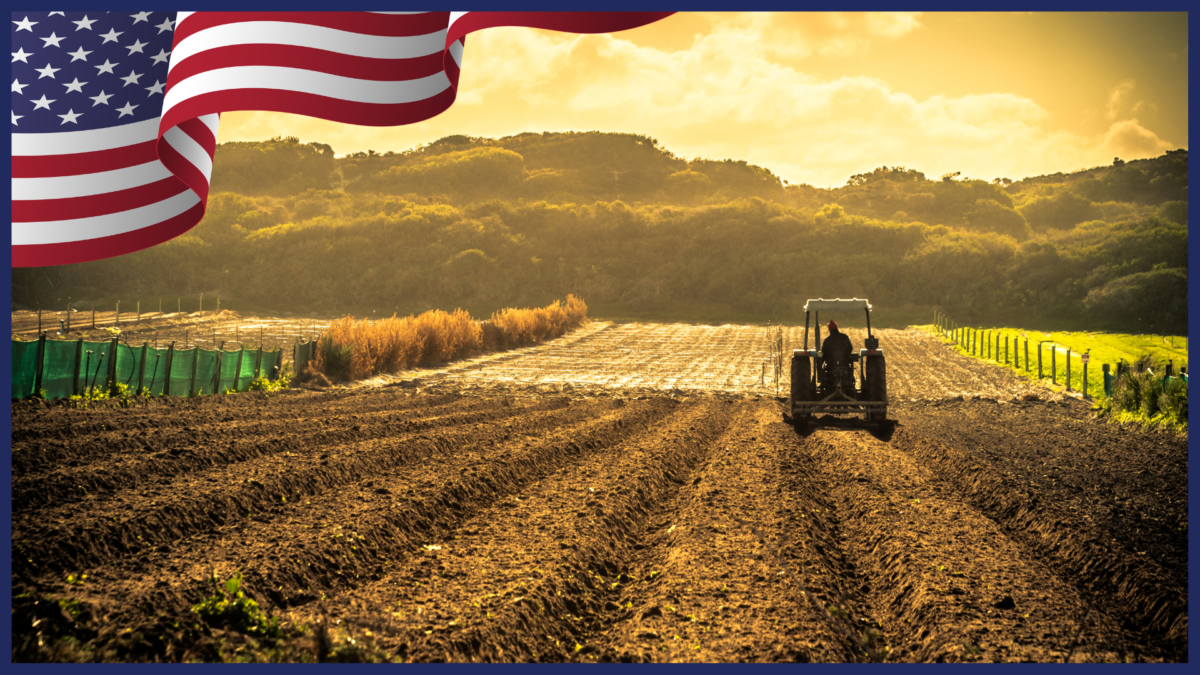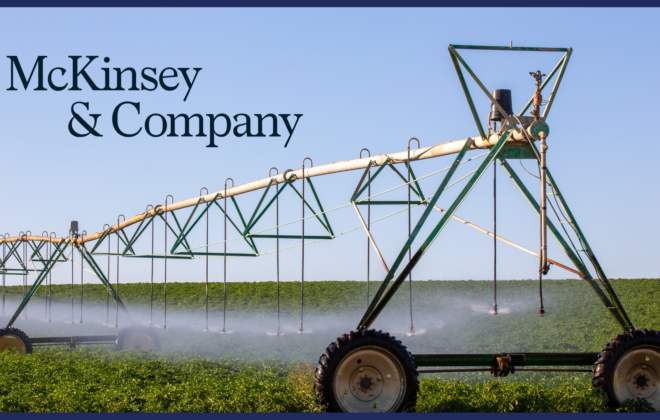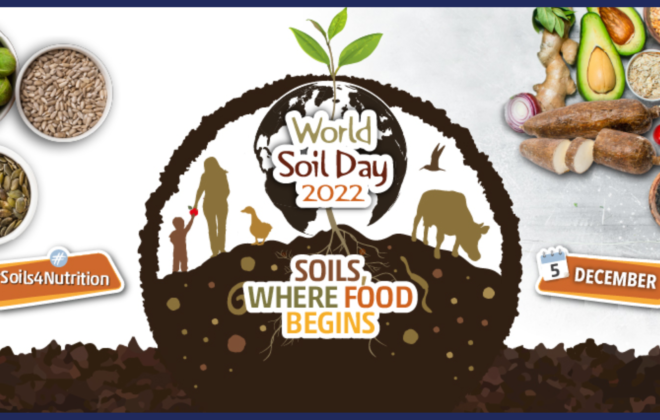Climate-smart agriculture beyond the Atlantic
A new kind of food may soon be arriving on grocery store shelves: climate-smart. Under the Partnerships for Climate-Smart Commodities, a nascent U.S. Department of Agriculture (USDA) program aims to keep the American agricultural juggernaut steaming ahead while slashing the sector’s immense greenhouse gas footprint.
This spring, the government began allocating $3.1 billion to hundreds of agriculture organizations, corporations, universities, and nonprofits for climate-smart projects. These entities will pass most of the money on to tens of thousands of farmers, ranchers, and forest owners, including growers who manage thousands of acres and underserved and disadvantaged farmers who often have much smaller operations. The first agreements have now been signed; the money is starting to flow.
The USDA estimates that the 141 funded projects will, collectively over the project’s five-year lifetime, eliminate or sequester the equivalent of 60 million metric tons of carbon dioxide emissions, on par with removing more than 2.4 million gas-powered cars from the road over the same period. They will achieve this by paying growers to adopt practices thought to either reduce greenhouse gas emissions or capture carbon dioxide from the air. These practices include reducing or eliminating tilling of soil, planting “cover crops” that grow during the off-season and are not harvested, improving how farmers use fertilizer and manure, and planting trees.
Read the full article in YALE Environment 360.





